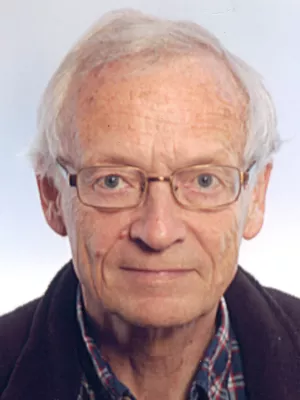
Torben Andersen
Professor emeritus (Leave of Absence)

Modeling ELTs at different wavelengths
Author
Editor
- Torben Andersen
Summary, in English
Department/s
- Lund Observatory - Has been reorganised
Publishing year
2008
Language
English
Pages
9860-9860
Publication/Series
Extremely Large Telescopes: Which Wavelengths? Retirement Symposium for Arne Ardeberg
Volume
6986
Document type
Conference paper
Publisher
SPIE
Topic
- Astronomy, Astrophysics and Cosmology
Conference name
Extremely Large Telescopes: Which Wavelengths? Retirement Symposium for Arne Ardeberg
Conference date
2007-11-29 - 2007-11-30
Conference place
Lund, Sweden
Status
Published
Research group
- Telescope Group
ISBN/ISSN/Other
- ISSN: 1996-756X
- ISSN: 0277-786X

